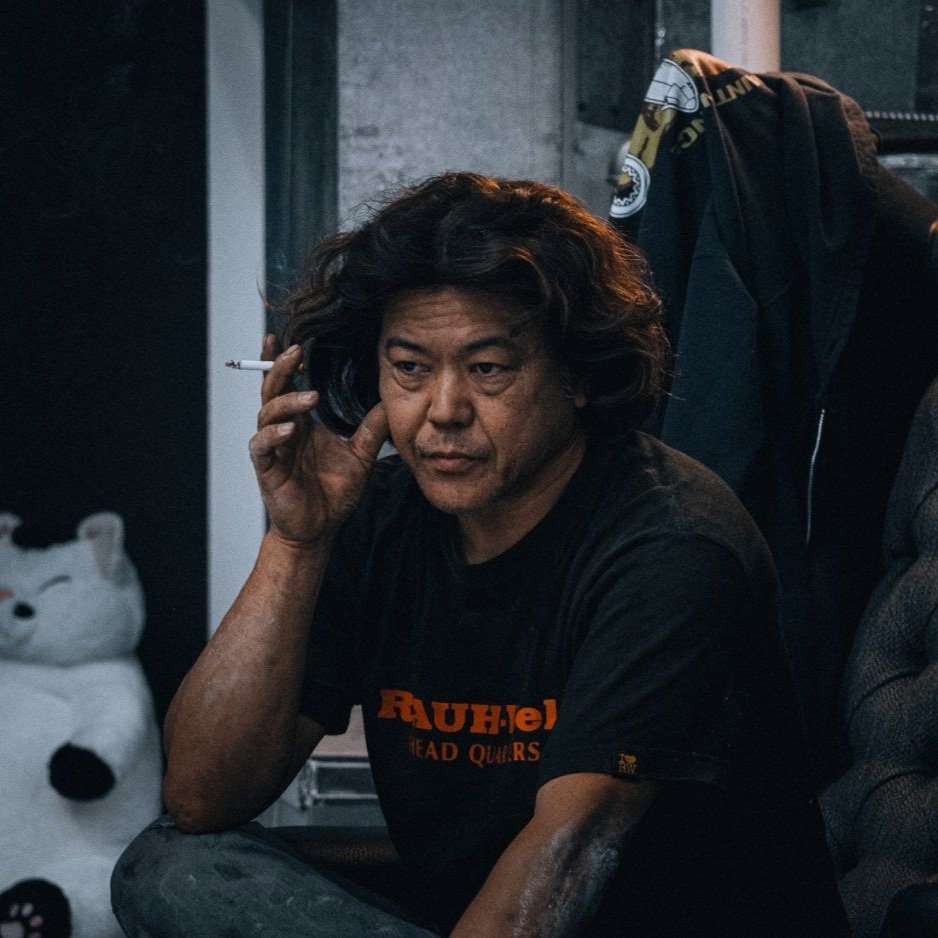Hikikomori Escapism - Beyond Reality
In the heart of Japan‘s fast-changing landscape lies an unconventional tale: the rise of hikikomori, where the real world takes a back seat, and the digital world becomes a canvas for self-expression. Meet Haruka, a fictional character who found comfort in the digital world after a series of events triggered her anti-social behavior, leading to a life as a hikikomori. Now picture this - a virtual sanctuary where introverts like Haruka don’t just survive; they thrive, with the support of online friendships and pixelated adventures.
A brief history of seclusion
The term “hikikomori” gained traction in the 1990s, thanks to Japanese psychiatrist Tamaki Saitou and his book ‘Hikikomori – Adolescence Without End’. Initially confined to Japan, this phenomenon characterized by individuals withdrawing from society for extended periods, has transcended borders. While cases of extreme stress are thought to contribute, hikikomori’s global spread challenges the perception of it being a Japanese culture-bound syndrome. Experts suggest that there may be hundreds of thousands of hikikomori individuals worldwide, with varying degrees of severity.
While those classified as hikikomori might not take to the streets, they have certainly claimed their place in the virtual world, with numerous chat groups and online communities.
Seeking refuge in the online world
Amidst this seclusion crisis, virtual connections thrive. Haruka’s journey began as she navigated the intricate maze of the internet in search of kindred spirits. Late one lonely night, she delved into online forums, scrolled through social media, and came across virtual worlds full of life and camaraderie.
Most intriguingly, Haruka found a global network with countless servers and chat groups using the hashtag #hikikomori. As she clicked through these servers and chat groups, a revelation unfolded—many of these servers were not Japanese but originated from America or Europe. This discovery confirms the universal nature of hikikomori, how it transcends geographical boundaries, and exposes the interconnection of the World Wide Web. As there are many Haruka’s in Japan, like-minded souls can be found across the world, giving her the comfort of not being alone.
In this digital maze, Haruka encountered individuals with stories as diverse as the pixels on her screen. The virtual world became her haven, a safe space to openly share her experiences without fear of judgment. Platforms like Discord provide a place for Haruka and her like-minded friends to paint an online tapestry of their shared experiences.
Hikikomori’s impact on society: the digital divide
Yet, amidst the allure of the online world, dangers are also present. Some could argue that the focus on these virtual worlds worsens hikikomori cases, creating a double-edged sword. While they offer solace and understanding, they unintentionally reinforce seclusion, making it increasingly challenging for individuals like Haruka to step into the tangible world.
In the vast online landscape, where virtual connections intertwine, it’s also worth mentioning another term that comes up a lot: NEETs (Not in Education, Employment, or Training). Within online groups, both hikikomori, NEETs, and many more terms find common ground, forming communities where understanding and empathy flourish, yet at the same time deepen their digital seclusion.
As Haruka spends more time in the digital world with fellow hikikomori and NEETs, she develops a reliance on her online relationships, leaning on digital interactions for emotional support. The comfort and understanding provided by these bonds unintentionally deepen her seclusion, making it even more challenging to break free from it. The line between the digital and physical world blurs, casting a shadow over the prospects of face-to-face interactions necessary for social reintegration.
The impact extends beyond her individual struggles, touching upon issues such as a dwindling workforce, labor shortages, and a decline in overall welfare.
Bridging the gap
As Haruka continues to navigate the digital world, her virtual interactions echo our current societies. In the enigmatic online world, she found a sanctuary where understanding and empathy blossomed.
In these digital corners, Haruka continues to discover people with diverse stories and backgrounds, all bound by a shared understanding of hikikomori. Each click opens a whole new world, a community where the boundaries of geographical distance fade, and hikikomori from around the world find comfort in the unity of their experiences.
Haruka’s online interactions are not just text on a screen; they are the building blocks of a digital support system that crisscrosses continents. In these online realms, she encounters people who became more than just usernames, but rather friends who share not only the struggles of hikikomori but also the triumphs and joys of their digital adventures.
However, the digital divide cast its shadow over these connections. While Haruka and her digital friends might thrive online, society grapples with the repercussions. Hikikomori, often coexisting with other psychiatric disorders, pose unique challenges that ripple through the fabric of societal well-being.
As Haruka and her online companions form bonds in these landscapes, the challenge remains: how can we bridge the gap between the online refuge people like Haruka constructed and the physical world waiting beyond the glowing screen?











Revolutionary Bikers - the rise and fall of Japan's Bosozoku subculture.